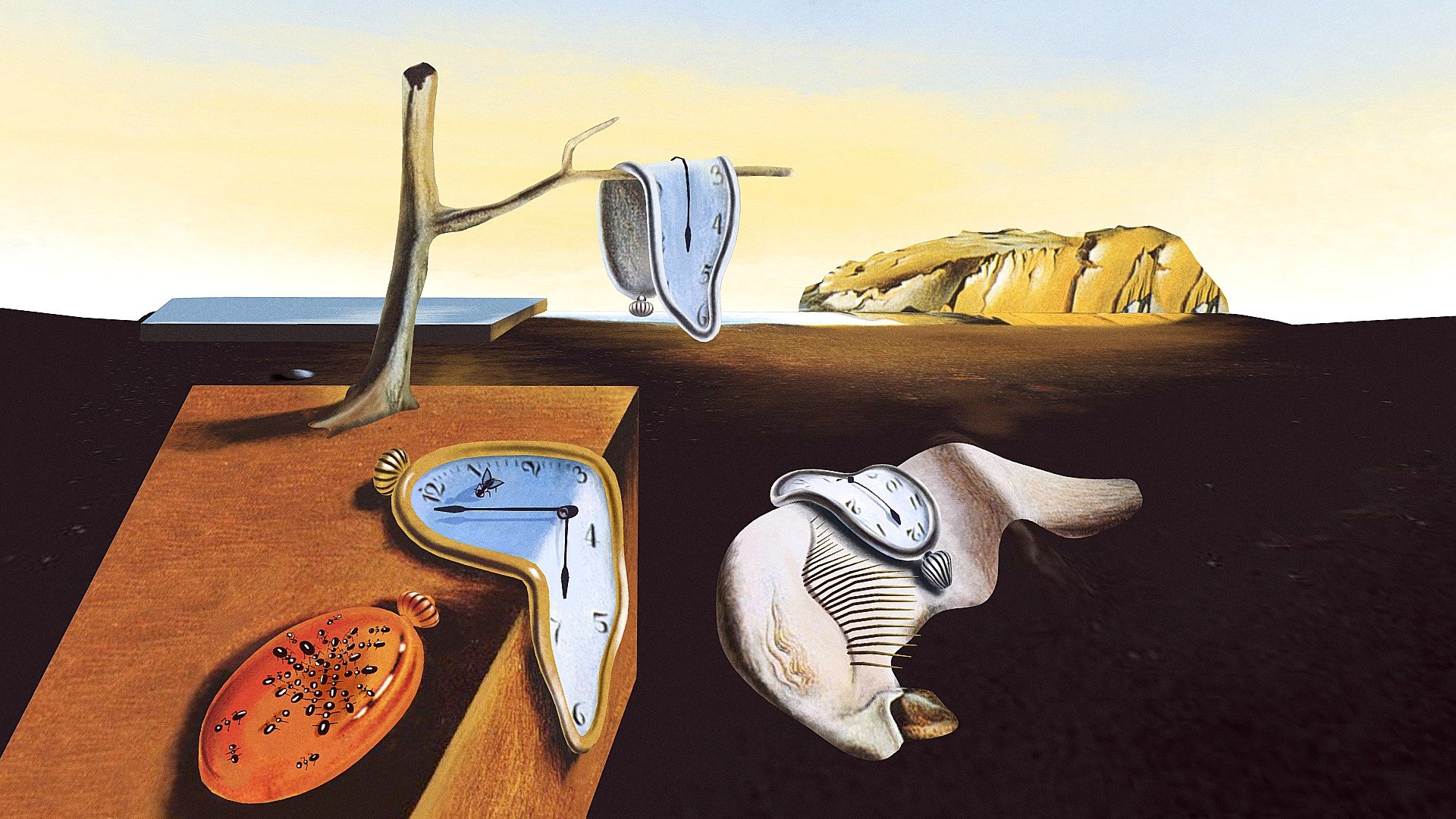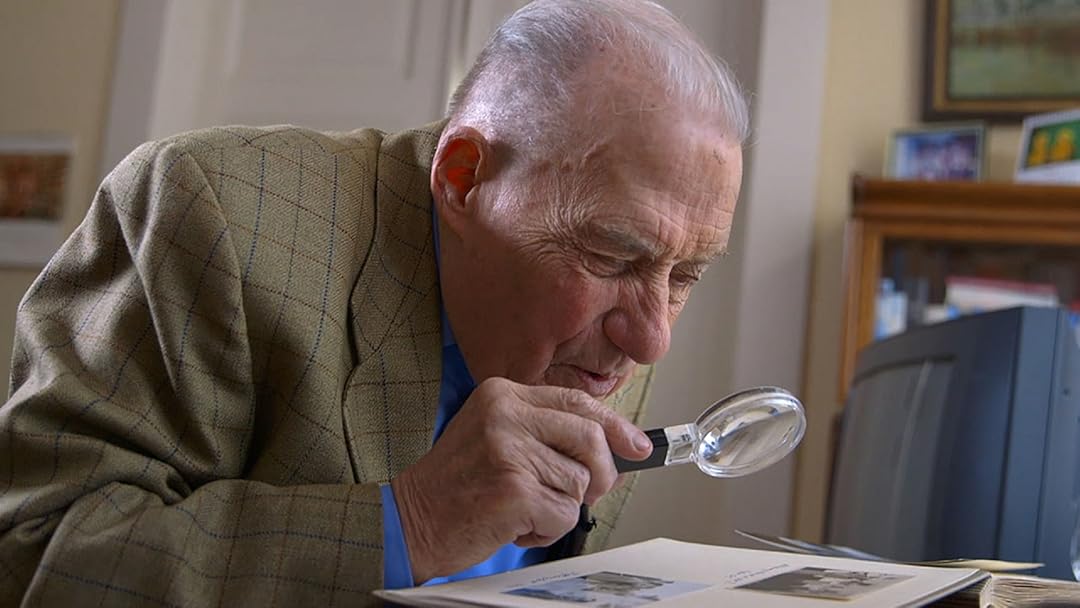Keywords: Himalayas, Sky Tombs, Human Settlement, Genetic Adaptation, High Altitude, Archaeology, History, Exploration.
Three words: Intriguing, Informative, Adventurous
Introduction
"Sky Tombs of the Himalayas" is a captivating documentary directed by Peter Firstbrook and released in 2016. The film embarks on an ambitious journey to uncover the secrets of the first humans who made the unforgiving landscape of the Himalayas their home.
Synopsis
The documentary follows a team of intrepid climbers and scientists as they scale sheer cliff sides in the Himalayas, a place considered among the last on Earth to be settled by humans. The team seeks to uncover when these early people arrived, where they originated, and how they adapted to survive in such a high-altitude environment.
More Film Analysis
Analysis
The documentary stands out for its depth of research and exploration of its subject matter. The filmmakers blend adventure with science, providing viewers an engaging and enlightening experience.
Historical and Factual Context
The Himalayas, due to their harsh and challenging conditions, required a specific genetic adaptation for humans to survive and thrive. This film delves into the history and archaeology of the region to provide a rich context for understanding these early settlers.
Key themes in the film
- Human adaptation to extreme environments
- The history of human settlement in the Himalayas
- The role of genetic evolution in human survival
Film Comparisons
"Sky Tombs of the Himalayas" offers a unique perspective on human history and adaptation, much like the documentaries "Everest" and "The Wildest Dream," but with a stronger focus on the human element rather than the natural environment.
Noteworthy Moments
One significant revelation in the documentary is the discovery of sky tombs, which offers crucial insights into the lives of the early settlers of the Himalayas.
Reviews
The documentary has been well received by audiences and critics alike for its blend of adventure and scientific discovery. "An engaging and enlightening journey through the heights of human history," says one reviewer.
Conclusion
"Sky Tombs of the Himalayas" is a must-watch for anyone interested in human history, archaeology, or the challenges and beauty of life in high altitude environments.
More film information:
FILM SUMMARY
- IMDB score: 8.2/10
- Rotten Tomatoes score: 85%
- Metacritic score: 80
- Film festival awards: Best Documentary at the Mountain Film Festival
PERSONALITIES
- Peter Firstbrook: Director, known for his adventure documentaries
- Tom Hardy: Lead climber and scientist, renowned for his exploration of extreme environments
LOCATIONS
- The Himalayas: The world's highest mountain range, home to the early settlers featured in the film
Key Questions Raised by the Film:
- How did the early humans manage to survive and thrive in the harsh conditions of the Himalayas?
- What can the sky tombs tell us about the lives of these early settlers?
- How does genetic adaptation play into human survival in extreme environments?
Links for Further Exploration:
I wonder what the film would be in another art form



- If this film was a famous book, it would be "Into Thin Air" by Jon Krakauer, for its exploration of human endurance in the face of extreme natural conditions.
- If this film was a famous song, it would be "I Will Survive" by Gloria Gaynor, reflecting the resilience and adaptability of the Himalayas' early settlers.
- If this film was a famous piece of art, it would be "The Persistence of Memory" by Salvador Dali, symbolizing the enduring human presence in the harsh landscapes.
- If this film was a famous celebrity, it would be Sir Edmund Hillary, the first man to reach the summit of Mount Everest.
- If this film was a color, it would be white, symbolizing the snowy peaks of the Himalayas.
- If this film was a music style, it would be classical music, reflecting its timeless and universal themes.








